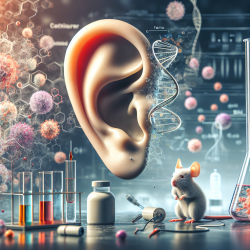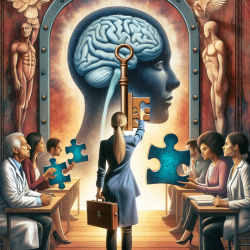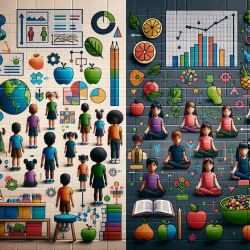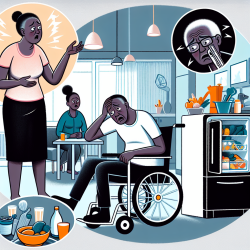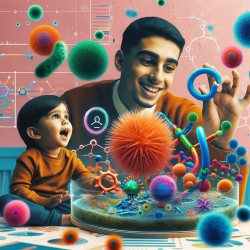Introduction
In the realm of mental health education, combating stigma remains a formidable challenge, particularly among youth. The research article titled "Effectiveness of arts interventions to reduce mental-health-related stigma among youth: a systematic review and meta-analysis" sheds light on how arts interventions can be a potent tool in this endeavor. This blog explores how practitioners can leverage the insights from this study to enhance their skills and encourage further research.
Understanding the Impact of Arts Interventions
The systematic review and meta-analysis conducted by Gaiha et al. (2021) evaluated the effectiveness of arts interventions in reducing mental-health-related stigma among youth aged 10-24. The study analyzed 57 interventions involving 41,621 participants and found that using multiple art forms had a small but significant effect on improving behavior towards individuals with mental health issues.
Key Findings and Practical Applications
Practitioners can draw several actionable insights from this research:
- Utilize Multiple Art Forms: The study indicates that interventions employing a combination of art forms, such as theatre, film, and role play, are more effective than single art form approaches. Practitioners should consider integrating various artistic expressions to enhance engagement and impact.
- Focus on Comprehensive Content: While the study found inconclusive results regarding single versus multiple sessions, it suggests that interventions addressing all stigma components (knowledge, attitude, and behavior) may be more effective. Practitioners should design programs that encompass these elements to maximize effectiveness.
- Address Implementation Barriers: Common challenges include lack of buy-in from school administrators and low engagement. Practitioners should work on securing institutional support and creating engaging, relatable content to overcome these hurdles.
Encouraging Further Research
The study highlights the need for more research in low- and middle-income countries, as most existing studies are from high-income regions. Practitioners and researchers are encouraged to explore arts interventions in diverse cultural contexts to understand their universal applicability and effectiveness.
Conclusion
Arts interventions offer a promising avenue for reducing mental-health-related stigma among youth. By employing multiple art forms and comprehensive content, practitioners can enhance the impact of their programs. Moreover, addressing implementation challenges and expanding research into diverse contexts will further bolster the effectiveness of these interventions.
To read the original research paper, please follow this link: Effectiveness of arts interventions to reduce mental-health-related stigma among youth: a systematic review and meta-analysis.





